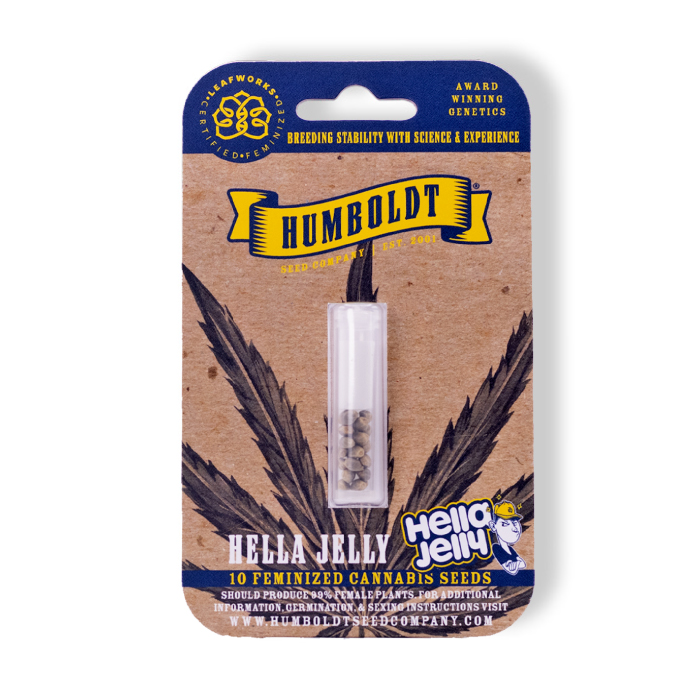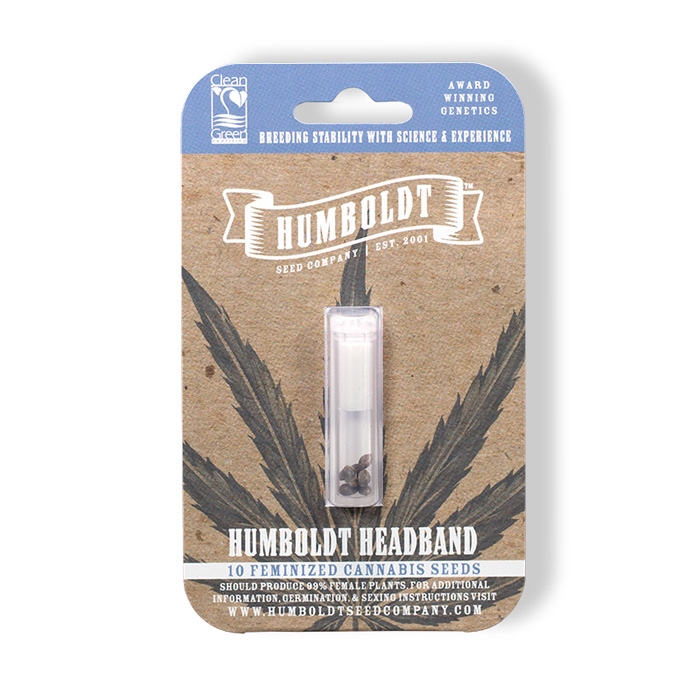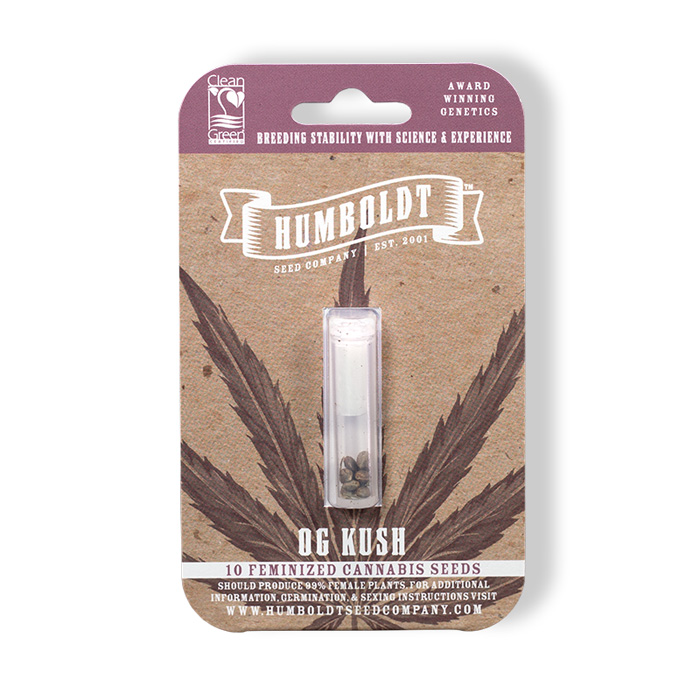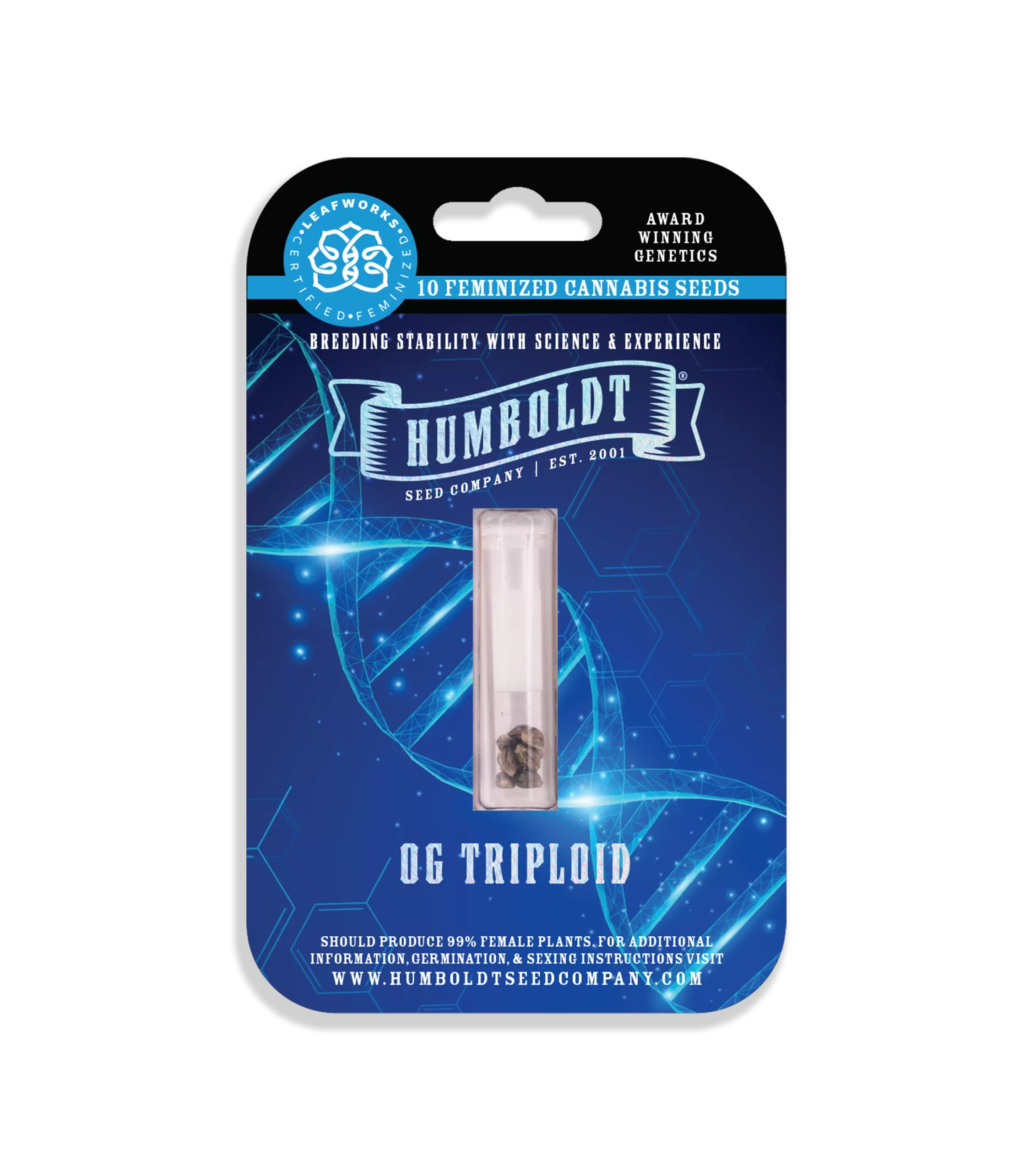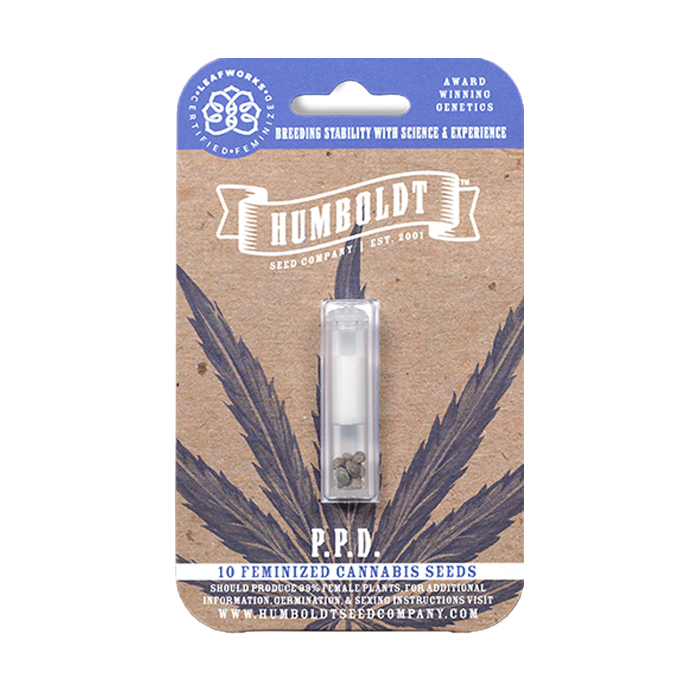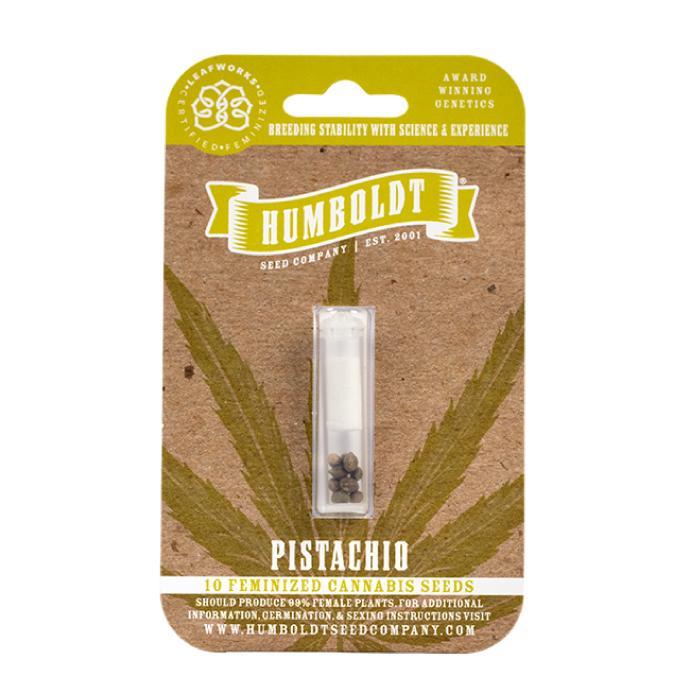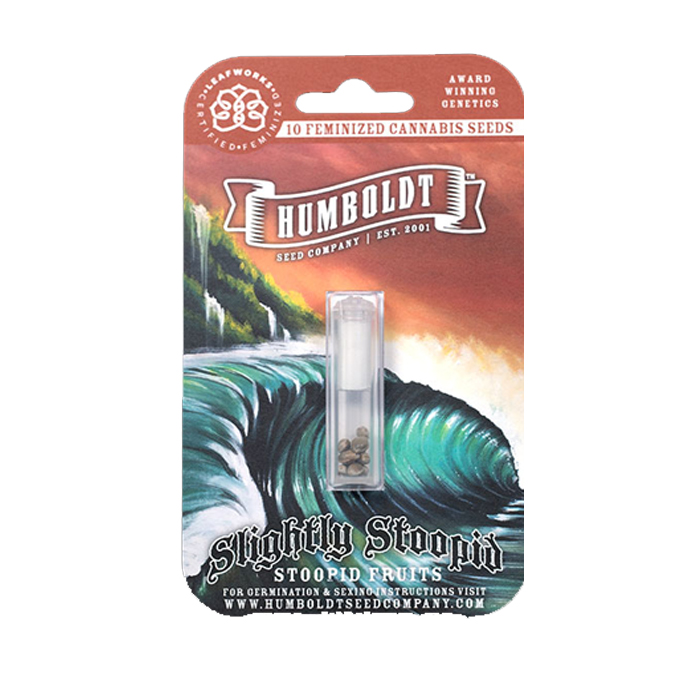
California’s Best Feminized Cannabis Seeds
Our breeders have ensured that our feminized seeds are at average 99% percent or more female, and we are the first company to have seeds that are “Certified Feminized” by Leafworks Genomics. According to our research with a team of geneticists at UC Davis, they are identical to our regular seed lines as far as performance goes. Growers should always monitor their plants for male or hermaphroditic traits whether they’re using Feminized Seeds, Regular Seeds, or Clones.


























